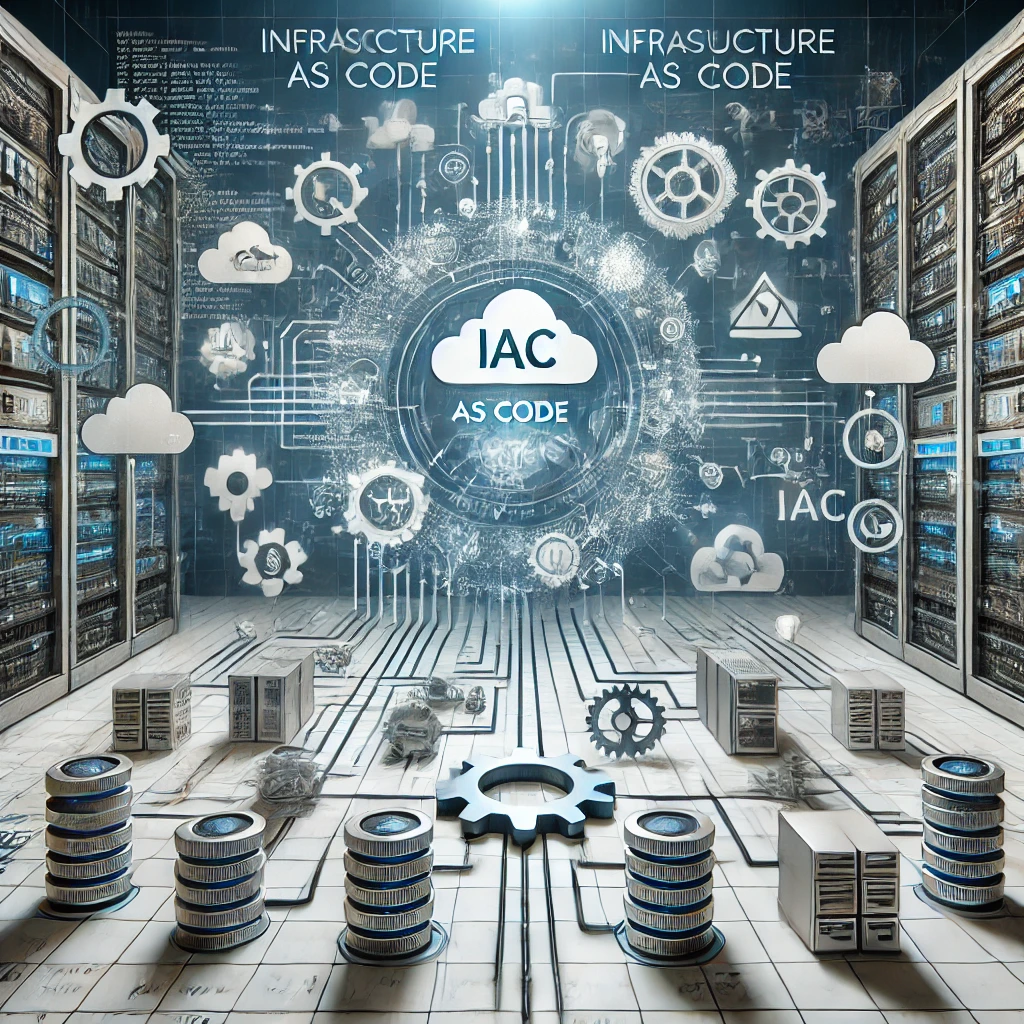What Is Infrastructure as Code (IaC) and Why Your Business Needs It
2024/01/22
Lex Sparrow

In today’s fast-paced digital landscape, businesses need infrastructure that is efficient, scalable, and reliable. Traditional methods of managing infrastructure often fall short in meeting these demands, leading to delays, errors, and high costs. Enter Infrastructure as Code (IaC) – a modern approach that automates and streamlines infrastructure management. But what is IaC, and why should your business adopt it? Let’s explore.
What Is Infrastructure as Code (IaC)?
Infrastructure as Code (IaC) is the process of managing and provisioning infrastructure (like servers, storage, and networking) through machine-readable configuration files instead of manual processes. With IaC, infrastructure setups are defined as code and stored in version-controlled repositories, making infrastructure management more consistent, reliable, and repeatable.
By using tools like Terraform, Ansible, and CloudFormation, businesses can automate the setup and scaling of infrastructure, reducing human errors and increasing operational efficiency.
Key Benefits of Infrastructure as Code
1. Speed and Efficiency
With IaC, you can automate the provisioning of infrastructure in minutes. Whether you’re deploying a single server or scaling across multiple environments, IaC accelerates the process, saving valuable time.
2. Consistency and Reliability
Manual infrastructure setup often leads to inconsistencies and errors. IaC ensures that every environment is identical by applying the same code for provisioning, making deployments predictable and repeatable.
3. Cost Savings
By automating infrastructure management, IaC reduces the need for manual intervention and helps optimize resource usage. This leads to significant cost savings, especially in cloud environments.
4. Improved Collaboration
IaC uses version-controlled repositories (like Git), enabling teams to collaborate more effectively. Developers and operations teams can track changes, review updates, and roll back configurations when needed.
5. Scalability and Flexibility
IaC makes it easier to scale infrastructure up or down based on demand. Whether you’re running a small startup or a large enterprise, IaC ensures your infrastructure can adapt quickly to changing business needs.
How IaC Works: A Simple Workflow
- Define Infrastructure as Code: Write configuration files using tools like Terraform or Ansible to describe the desired infrastructure state.
- Store in Version Control: Save the code in a repository (e.g., Git) to enable collaboration, versioning, and rollback.
- Automate Provisioning: Use IaC tools to provision infrastructure based on the defined code.
- Continuous Monitoring: Monitor and manage infrastructure changes using automation pipelines.
This streamlined process ensures that your infrastructure remains agile, consistent, and reliable.
Use Cases for Infrastructure as Code
1. Multi-Cloud Deployments
IaC enables businesses to manage resources across multiple cloud providers (e.g., AWS, Azure, GCP) with a unified approach.
2. CI/CD Pipelines
IaC integrates seamlessly into Continuous Integration/Continuous Deployment (CI/CD) pipelines, automating infrastructure setup for software delivery.
3. Disaster Recovery
By storing infrastructure definitions as code, businesses can quickly rebuild environments in the event of a failure.
4. Testing and Development Environments
IaC makes it easy to replicate production environments for testing and development, ensuring consistency across all stages.
Challenges of IaC and How to Overcome Them
While IaC offers significant benefits, businesses may encounter challenges, such as:
- Steep Learning Curve: Teams may need time to familiarize themselves with IaC tools and workflows. Solution: Invest in training and start with small projects.
- Managing State and Configurations: Keeping track of infrastructure state can be complex. Solution: Use tools like Terraform State and GitOps to manage configurations.
- Security Concerns: Improperly configured IaC can expose vulnerabilities. Solution: Implement security best practices and regularly audit code.
Why Your Business Needs IaC
In a world where agility, scalability, and cost-efficiency are paramount, Infrastructure as Code is no longer optional – it’s essential. By adopting IaC, businesses can:
- Deploy infrastructure faster and with fewer errors.
- Scale resources seamlessly to meet growing demands.
- Improve collaboration across development and operations teams.
- Enhance disaster recovery and system resilience.
How Code Lake Technology Can Help
At Code Lake Technology, we specialize in building scalable infrastructure solutions using Infrastructure as Code. Our team helps businesses implement IaC tools, automate workflows, and optimize their cloud resources for maximum efficiency.
Whether you’re looking to streamline operations, reduce costs, or improve scalability, our experts are here to guide you every step of the way.
Conclusion
Infrastructure as Code (IaC) is transforming the way businesses manage infrastructure. With its ability to automate, scale, and optimize environments, IaC is a must-have for organizations looking to stay competitive in the digital era. Ready to harness the power of IaC? Contact Code Lake Technology today and let’s build the future together!